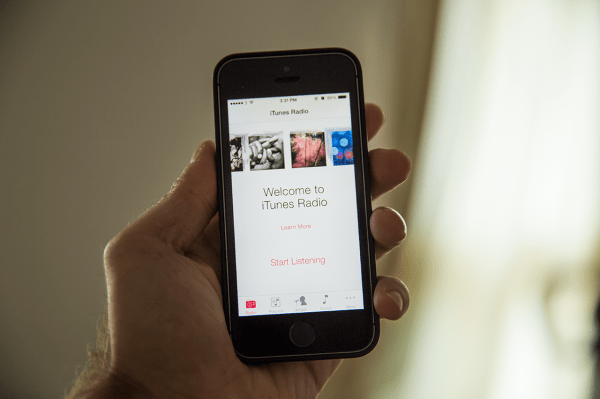Apple has a couple of new patents today (via AppleInsider), including one for an audio and video media service that would switch intelligently and automatically between sources in order to provide users with a constant stream of stuff they actually want to watch and listen to, as well as helping them dodge ads. A second patent describes a new design for MacBook trackpad hardware that does away with the need for a physical button.
The first patent is potentially the most interesting, since it essentially paints a picture of a service like iTunes Radio, but with the added benefit that it can use multiple different services to source media, including online streaming services, FM radio and more. A user would create a playlist or station by expressing some preferences about what they want to see or hear (it’s designed to work with both audio and video content) and then sit back and enjoy as it switches between content sources when songs end, or when commercials interject.
To make it seamless, the service described in the patent could record content that fits a users demand on other channels if there’s a conflict in schedule, and also tap the user’s own offline library of media on their devices. Think of it like an intelligent channel surf, except extending across the range of Internet media sources.
The system takes into account various elements when determining what to play next, including metadata about the artist and track, volume, and even hue and color in terms of video programming. A user would control it via a GUI that resembles an FM tuner according to the patent, letting them tweak their preferences to alter the stream. It’s a very ambitious project, and one that seems likely to anger content partners since it can dodge ads on various services, but it’s still something that you can see replacing current methods of engaging with TV and music. Still, if this is on the horizon, expect it to require a lot more refinement and working out before it makes an appearance.
The other patent is for a touchpad design for MacBooks that gets rid of the physical button aspect entirely, but replaces it with a similar sensation. Currently, MacBook support both capacitive touch-based input and physical keypresses, but the keypress requires different amounts of force depending on where you strike thanks to a hinged design, and is subject to wear and tear since it’s a moving part.
Apple’s design replaces that with a complex force sensing system, combined with a means for providing tactile feedback that would emulate a hardware button press. This would have a number of advantages in terms of MacBook construction, from simplifying the hardware involved as mentioned, to saving space within the case of the notebook, which continues to be a key concern in building Apple devices in terms of providing more room for larger batteries and other components. Also, the force feedback used in the trackpad could be triggered by incoming email, letting it act just like vibration alerts on your iPhone.
This is a tech that would be handy, but people are very used to the feeling of Apple’s current trackpad, which is often described as among the best in the business. Still, force feedback on a notebook Mac would open up all kinds of possibilities and make sense to Mac users moving to the platform after getting an iPhone, so there’s a chance we could see it implemented in future designs.
